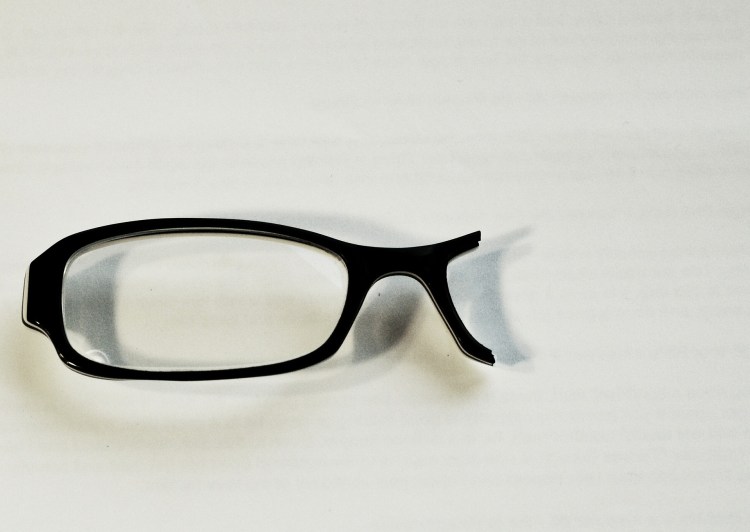We’ve all heard the saying “If a tree falls in the woods and nobody was around, did it make a sound?” You could debate this riddle for quite some time and twist yourself into circles.
Along those lines, imagine this: If an impression was delivered but was never viewed, is it an impression?
At the IAB Leadership Summit in Scottsdale this week, this seemed to be the topic de jour.
And that is no surprise, given the amount of conversation and investigation caused by the IAB’s recently released “State of Viewability” report. Viewability is not going away, but many are surprised it’s coming to a head now and not years ago.
Flaws and fear
One of the primary reasons viewability isn’t yet at a ubiquitous stage could be due to marketers and their respective agencies.
We all know that many of the holding companies have adopted policies around viewability. Some guidelines are quite strict. Others give a bit more flex while the industry vets out fair guidelines.
There is also a large portion of outliers where this metric isn’t in the consideration process at all. Many speculate this is due to a general fear that having a frank conversation poses a threat to the previous ways of transacting and a potential waste of millions of dollars over many years.
Demonstrating a potential decrease in ROI is a tough conversation to have in the C-Suite, based on an old model of an impression being counted regardless of in-view.
The actual costs
Changing the way we transact means that the inventory once considered nominally valuable is, in fact, worthless. Economics 101 clearly demonstrates there will be a pent-up demand for less available inventory and costs will certainly inflate. This alone could be considered a barrier for ROI benchmarks and keep many brands on the sidelines.
All of this begs a question that has yet to be answered: Will brands be spending less, more, or remain flat if the inventory pool morphs to a smaller but stronger set?
We’re studying social media management tools (SMM)…
Add your voice and we’ll share the data with you.
Who is playing judge, jury, and referee?
The verification business is littered with ad-serving and point solutions, all with their viewability special sauce. Some have received MRC accreditation for video and/or display. At the IAB Leadership Summit this week, many agreed it’s a good start, but clearly not enough.
Questions remain regarding transparency into counting methodology and significant variance on reported figures. Additionally, getting agreement far in advance on who’s verifying to develop a benchmark on price points needs to happen.
Attribution issues
In an industry that is highly quantitative, our numbers could be tainted. If we are analyzing a sequence of cross-channel messaging across display, video, and mobile, then filtering out the impressions that in fact were never seen, we have to think: Does that change the attribution to conversion?
The business model will change
The television industry has long been built on selling time. Digital has been based on selling space.
If the new normal is viewability, and we can all agree that one or two seconds of brief exposure might not be a silver bullet, perhaps we transact in time, not space. The true value is in advertising the opportunity to have a meaningful engagement with a consumer; it’s about the beneficial moments of time brands are given.
A cost model that factors in the seconds that an impression is in-view (more so for video) could prove to be a win-win model for both the brands and publishing community.
 Brian Mandelbaum is the CEO of video advertising platform Clearstream, one of the earliest players to integrate post-programmatic into its tech stack. Brian’s past includes being the Director of Interactive at Saatchi & Saatchi NY.
Brian Mandelbaum is the CEO of video advertising platform Clearstream, one of the earliest players to integrate post-programmatic into its tech stack. Brian’s past includes being the Director of Interactive at Saatchi & Saatchi NY.
VentureBeat's mission is to be a digital town square for technical decision-makers to gain knowledge about transformative enterprise technology and transact. Learn More

